1.45V is not enough to force a higher charge current through the cell.
In fact, you will have to keep raising the voltage as the cell charges in order to keep the charge current up. This is the reason for using a constant current charger - you have to keep adjusting the voltage upwards to keep the charge current flowing, so you might just as well use a thing that does that automatically and correctly.
NiMH is normally charged with a fixed current source rather than a fixed voltage source. A current source will automatically raise the voltage in order to keep the desired current flowing.
You can charge NiMH at very low rates without damaging the battery. You still have to have a current source rather than a voltage source.
Do NOT raise the voltage on your voltage regulator to force more current into the cell. 100mA probably won't kill the cell quickly (if the cell is a typical 1000mAh or higher cell.) 500mA would probably shorten the cell's life considerably.
If you want to charge the cell at more than a safe trickle, you will need a way to automatically shut off the charger when the cell is full. There are many techniques to recognize a full cell. You can either do the research and find out how they work and implement it yourself, or you can by a charge management IC that knows how to do it. Or, of course, you can buy a commercial charger that has all that done for you.
Simply connecting a modern cell to a power source and waiting is a recipe for a dead cell, a fire, or an explosion. The higher the charge current, the more likely the explosion. And keep your paws OFF of rechargeable lithium cells if you don't have a proper charger - they are far more likely to self destruct.
Forget to mention:
If you are trying to charge from the USB port on a PC, you will only get 100mA.
500mA from a PC USB connector requires that the USB device talk to the controller and request 500mA.
This EE stackexchange question explains the details.
TL/DR:
You need a proper charge circuit for NiMH.
Charging with a simple voltage regulator will sooner or later kill the cell.
You can't expect more than 100mA from a PC USB port.
